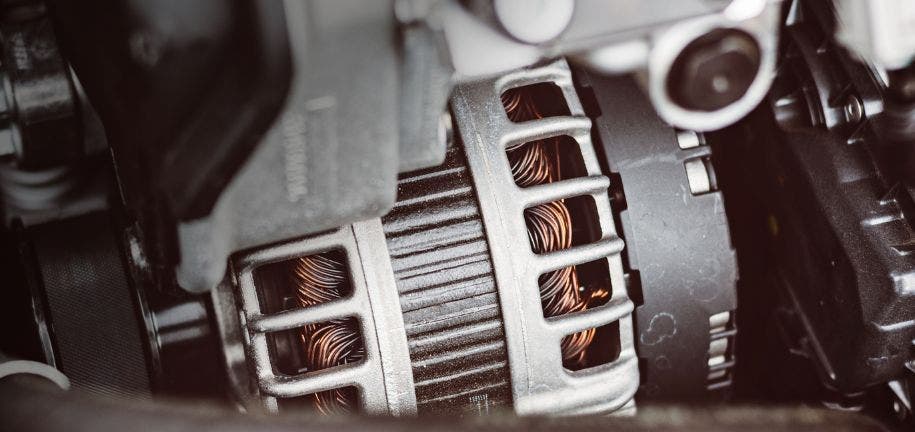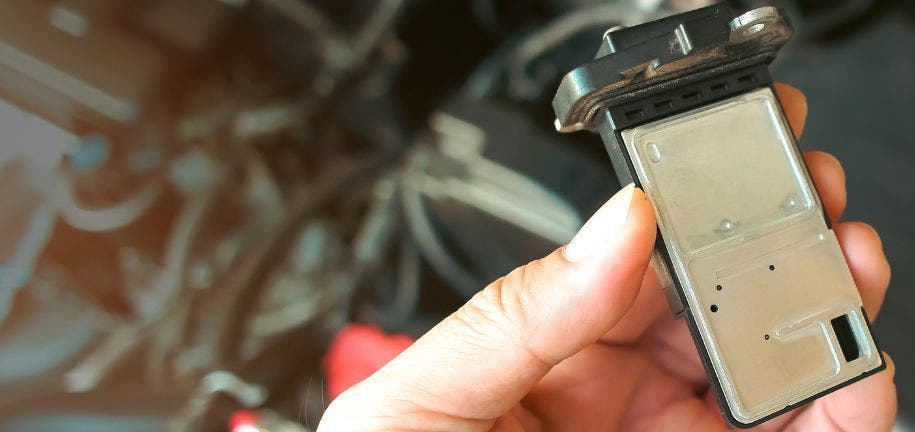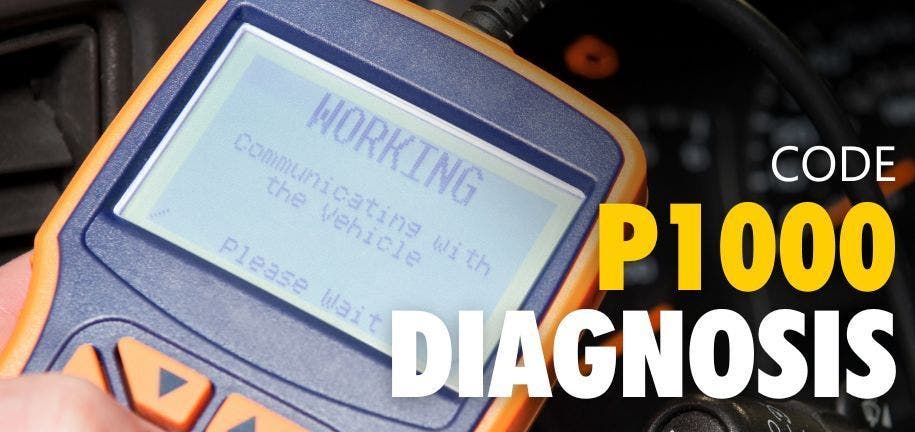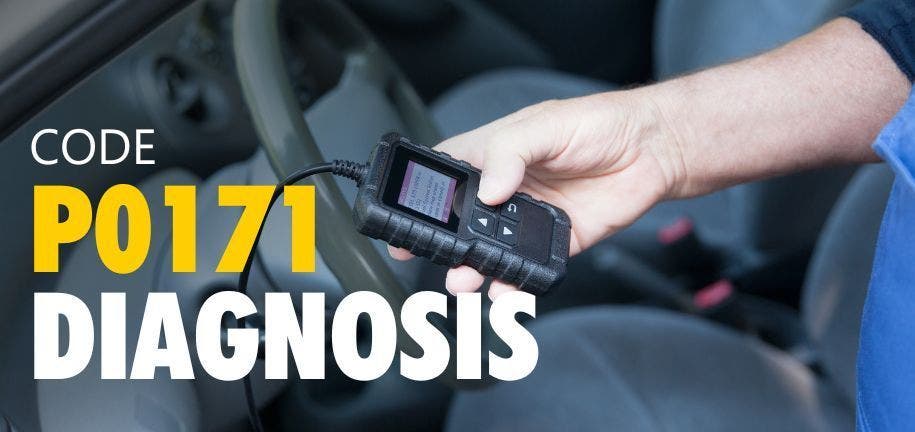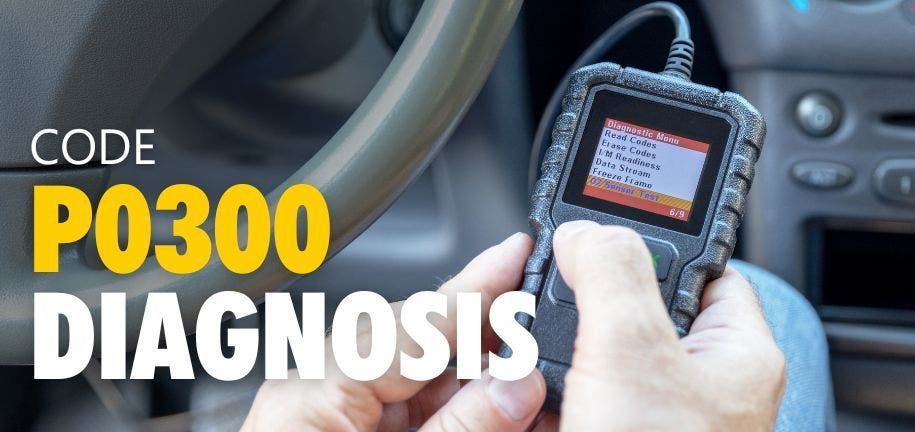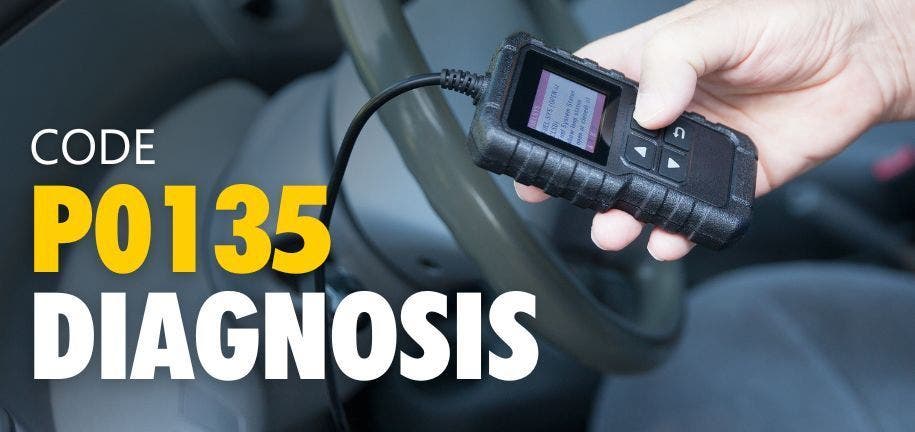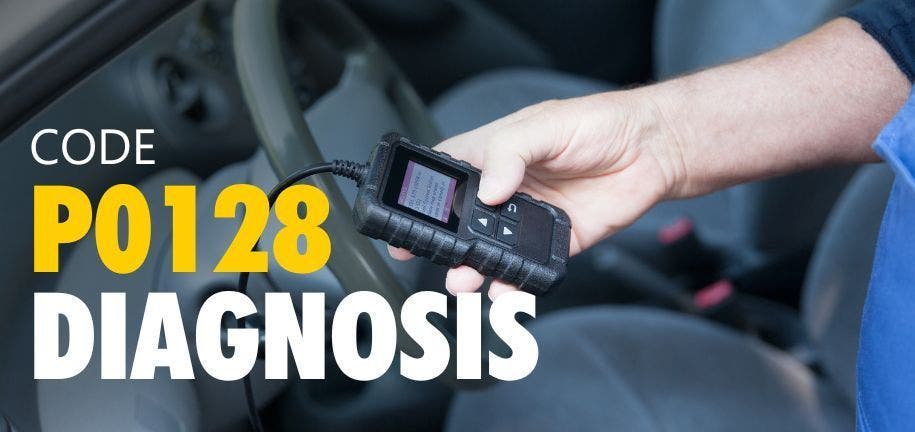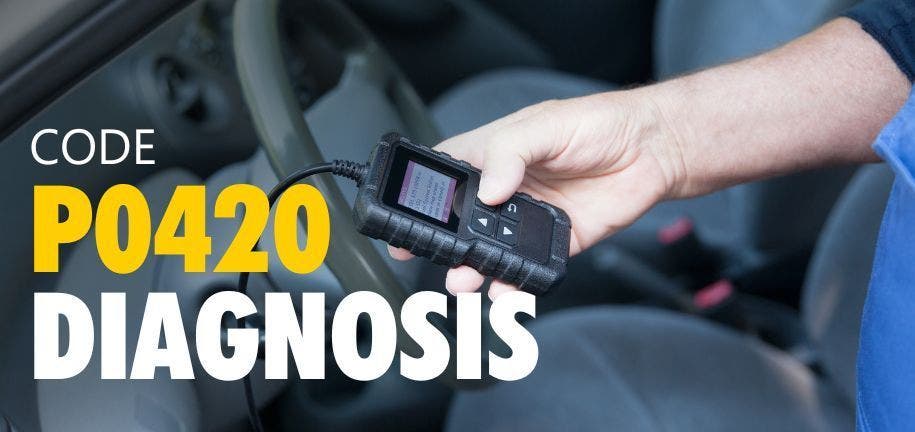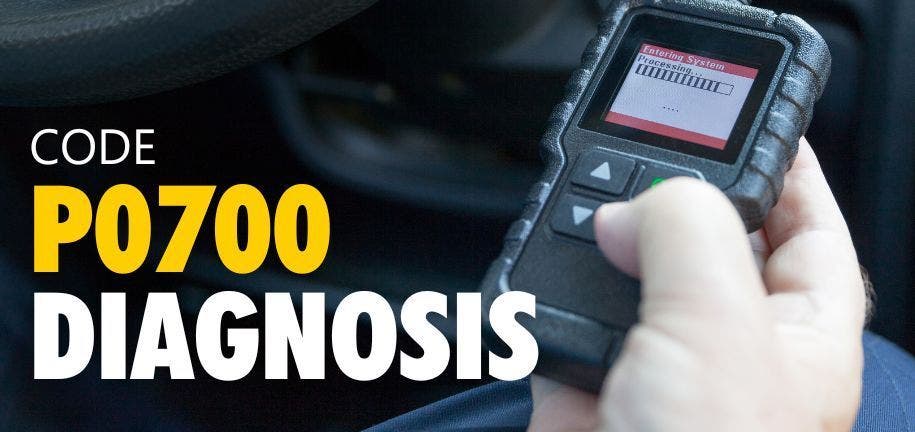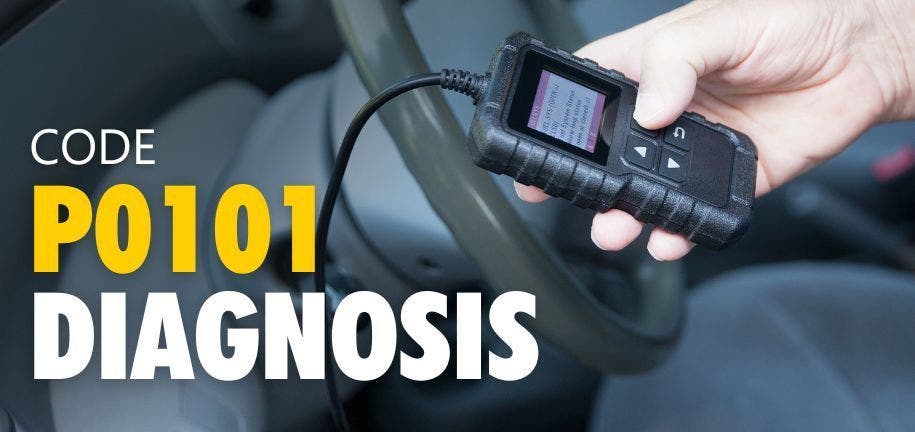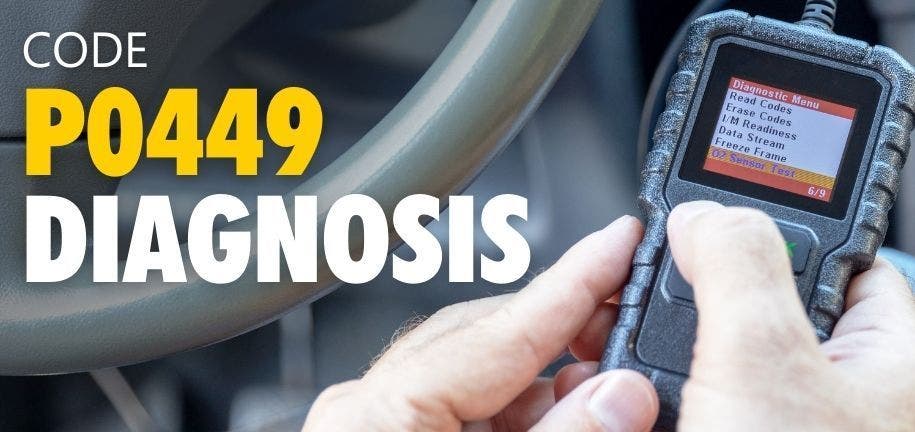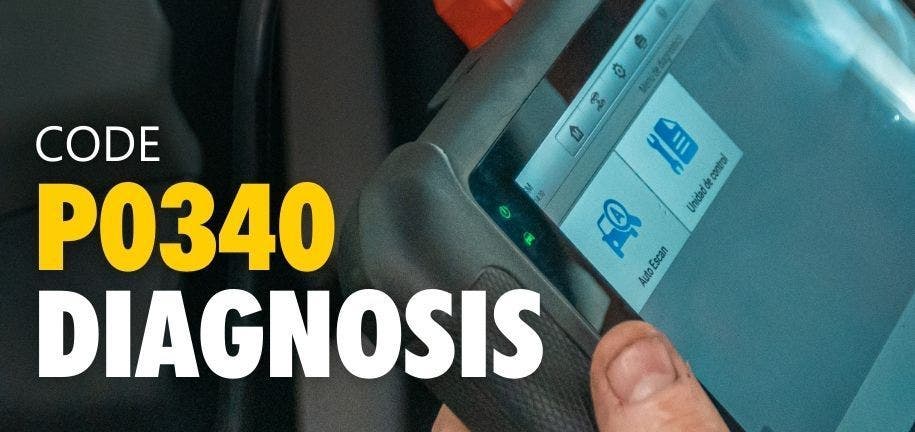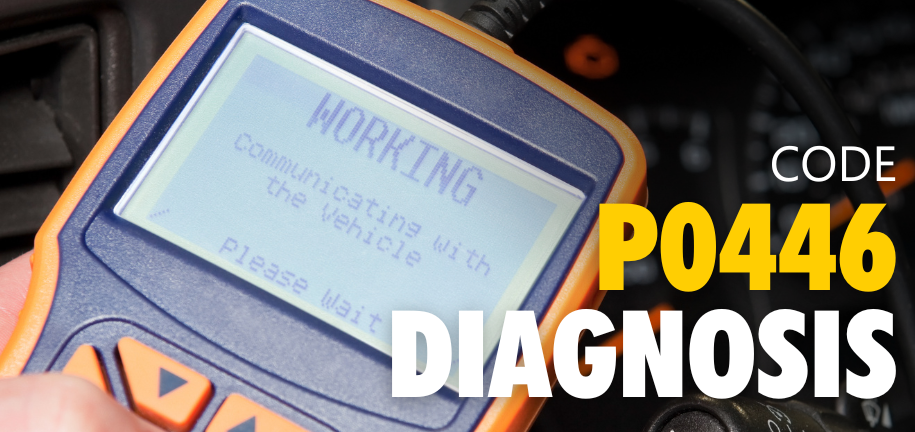The P0500 diagnostic trouble code (DTC) indicates a malfunction in the Vehicle Speed Sensor (VSS) "A" circuit. The VSS plays a crucial role in various vehicle systems, including the speedometer, cruise control, and traction control. It measures the rotational speed of the wheels and transmits this information to the engine control module (ECM), enabling the ECM to make informed decisions regarding engine control, vehicle stability, and driver assistance features.
Causes of P0500 Code
Several factors can contribute to the P0500 code in Toyota, Nissan, and Subaru vehicles:
- Damaged or Corroded VSS Wiring: The electrical wiring connecting the VSS to the ECM may be damaged, corroded, or have loose connections, disrupting the signal flow.
- Faulty VSS: The VSS itself may be malfunctioning due to physical damage, moisture ingress, or internal component failure.
- Sensor Mounting Issues: A loose or damaged VSS mounting bracket can cause the sensor to be positioned incorrectly, affecting its ability to accurately measure wheel speed.
Symptoms of P0500 Code
The P0500 code can manifest in several symptoms:
- Inaccurate Speedometer: The speedometer may display erratic or incorrect readings, failing to reflect the vehicle's actual speed.
- Cruise Control Malfunctions: The cruise control system may not engage or maintain set speeds accurately due to inaccurate speed information.
- Traction Control Issues: The traction control system may not function properly, potentially affecting vehicle stability and handling.
- Illuminated Check Engine Light: The ECM triggers the check engine light to alert the driver of a potential issue.
Diagnosing and Fixing P0500 Code
Addressing the P0500 code and resolving the VSS malfunction requires a systematic approach:
- Visual Inspection: Begin by inspecting the VSS wiring harness and connections for signs of damage, corrosion, or looseness. Repair or replace any damaged components.
- VSS Testing: Utilize a multimeter or diagnostic scanner to test the VSS's electrical signals and output voltage. A faulty sensor may require replacement.
- Sensor Mounting Check: Inspect the VSS mounting bracket for damage or looseness. Ensure the sensor is properly aligned and secured to provide accurate wheel speed readings.
- ECM Evaluation: In rare cases, the ECM itself may be defective, causing erroneous interpretation of VSS signals, leading to the P0500 code. Seek further evaluation by a qualified mechanic if necessary.
Preventative Measures
Minimizing the risk of P0500 code recurrence involves:
- Regular Maintenance: Adhere to the recommended maintenance schedule for your vehicle, including regular inspections of the VSS wiring and connections.
- Corrosion Protection: Protect the wiring harness from moisture, debris, and harsh environmental conditions to prevent corrosion.
- Prompt Repair: Address any electrical issues or sensor malfunctions promptly to prevent further damage and potential ECM complications.
Replacement or Repair
If you need to replace your VSS you can buy it in PartsHawk for as low as $6.00
The P0500 code, indicating a problem with the VSS "A" circuit, is a common issue in Toyota, Nissan, and Subaru vehicles. By understanding the causes, symptoms, and effective repair methods, you can effectively address this issue and restore accurate speedometer readings, ensure proper cruise control and traction control functionality, and maintain overall vehicle stability and performance. Remember to consult a qualified mechanic if you encounter persistent issues or require specialized diagnostic tools and expertise.



